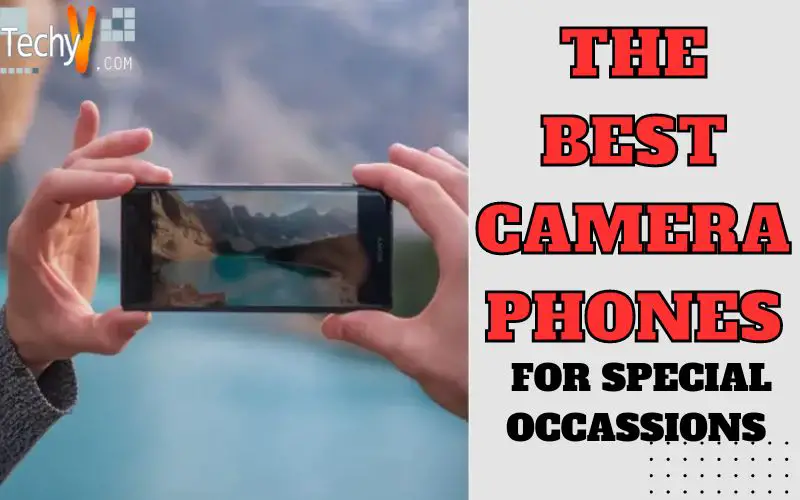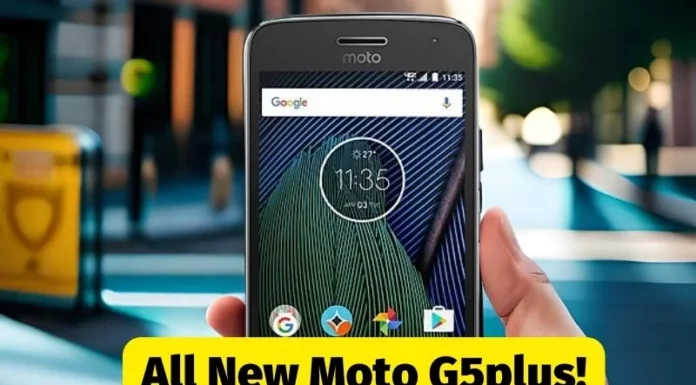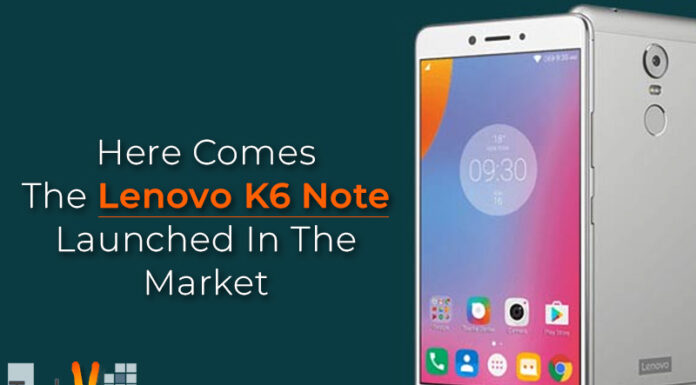We all love to click our cameras, be it for a special event such as a wedding, or a casual hang-out with friends. However, the craze of becoming Ansel Adams was amplified zillion times during the holiday season, since it’s the best time of the year. We wear the best clothes, buy the best beauty products, carry a swagger like never before, and meet-up with our long-lost relatives and dear friends. So, it is obvious that we want to capture that moment without losing a single detail. At times, a perfect photograph was captured during the imperfect times, and this is exactly where camera phones came to the rescue. Since mobile phones are always within our reach, or usually in our pockets, it comes handy when we want to seize that perfect shot.
I am presenting the top mobile phone cameras of 2016 that do more than just capture a perfect shot and give top DSLR’s a run for their money. These cameras are capable of shooting videos and spectacular still-photos and include massive improvement over the conventional box-camera invented by Kodak. Note that I would only compare the camera specifications of the phones and not the overall features.
1.iPhone 7 and iPhone 7 Plus:
The iPhone 7 and iPhone 7 Plus are the most recent flagship phones by Apple. Though at first glance, the iPhone 7 looks identical to its predecessor, Apple has gone beyond to innovate the new phone. The iPhone 7 boasts a 12 Megapixel rear camera with advanced Optical Image Stabilization (OIS), allowing one to click snaps without any shakes caused by human error. A f/1.8 lens allows shallow depth of field, giving sharp images of objects while blurring the background; this is an advantage feature for people who love to take a shot of stationary objects like a Christmas tree to a greater detail. Unlike other phones, the iPhone 7 has Quad-LED Flash, which adjusts itself as per the surrounding temperature; this makes the snaps retain their original tones without saturation. For movie-makers, the iPhone 7 can shoot 4K videos with movie editing software, giving you the perfect holiday clip in 1080p format. For the selfie enthusiasts, the iPhone 7 offers a 7MP front-facing camera with Retina-flash. However, the real feather in the cap is the advanced Image-Processing Unit (ISP), which uses artificial intelligence to make your images look gorgeous.
The second flagship device by Apple is the iPhone 7 Plus. It has the same features as the iPhone 7; but it has more enhanced features such as the device houses two lenses of 12MP in the rear-end, which allows the user to snap high-quality photographs with 2x Optical Zoom and 10x Digital Zoom from afar. This attempt of adding dual cameras has empowered the iPhone 7 and iPhone 7 Plus. Although, the phone would cost someone an arm and a leg and is not worth it when compared to other flagship phones that provide better non-camera features.
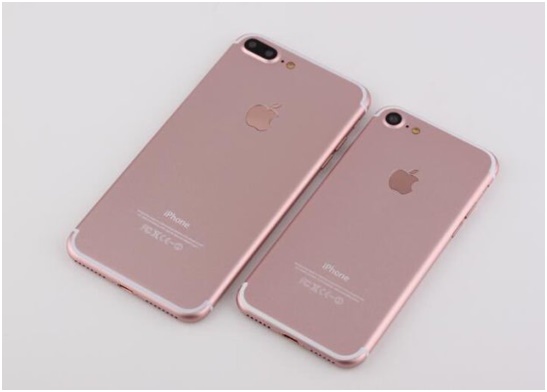
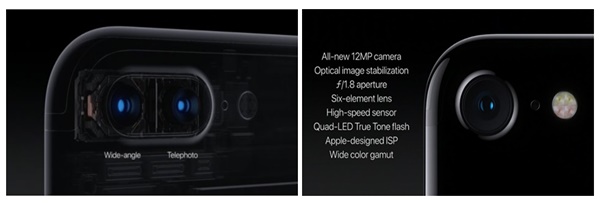

2. Samsung S7 and Samsung S7 Edge:
Samsung’s answer to Apple’s flagship devices is the Samsung S7 and the Samsung S7 Edge. Samsung had to make a comeback after their Note7 fiasco, and they sure did. With an inventive combination of metal and glass, the latest Samsung device looks stunning. The company has pushed itself to introduce the latest S7. The event of the year happened on New Year’s Eve, and that is when all the photographable moments happen. The Samsung S6 has 16MP camera, and Samsung has downgraded it to 12MP on their latest flagship device. However, a larger pixel size of 1.4 micrometers and an aperture of f/1.7 allow more light and give a sharp and detailed image in low light conditions. Since every pixel acts as a sensor, focusing is faster; this allows one to capture sudden movements or changes in the foreground. Imagine this, you wish to record a firework lighting event, but you are thinking how much memory it would eat up in your device for recording a long video. Samsung S7 series has an option of ‘Motion Photo’ that captures three seconds of absolute beauty, which allows the user to select the best for three seconds.
A 5MP front-facing shooter with advanced selfie features is the icing on the cake. The camera has a seamless UI with various modes to choose from, like ‘Selective Focus,’ ‘Panorama,’ ‘Slow Motion’ and ‘Pro,’ which allows the person to use the camera like a professional with user-controlled settings of ISO, Shutter Speed, and White Balance. Priced at 50K, the latest Samsung flagship allows you to shoot photos like a pro in different situations of lights and shadows.


3. Huawei P9:
An unexpected entry in this list is the Huawei P9. It is unexpected because Huawei is not a very popular brand in India. But the company aims in turning the tables with their latest flagship device. P9 is a stunner with an impressive design and sleek look. The Huawei collaborated with Leica, a German lens company, to give P9 the best of camera features. The Huawei P9 houses two 12MP cameras with Sony IMX286 sensor; one with monochrome and the other one with RBY specialty, which allows the device to shoot some of the best black and white stills.
The combination of dual lenses is used to capture breath-taking and high detail shots with natural looking colors. As against the previous entries in this list, the Huawei P9 is a stand-out because of its camera modes. With eleven modes to choose from and a dynamic range of options to fiddle with, the Huawei P9 gives you the feel of a professional photographer. The Macro mode allows you to click pictures while varying the aperture to only a specific spot, giving the effect of selective focus. The rear cameras of the Huawei P9 are a smart combination of the monochrome lens for capturing details and an RBY lens for color with fast Hybrid-Autofocus using a laser.
The combination of dual lenses is used to capture breath-taking and high detail shots with natural looking colors. As against the previous entries in this list, the Huawei P9 is a stand-out because of its camera modes. With eleven modes to choose from and a dynamic range of options to fiddle with, the Huawei P9 gives you the feel of a professional photographer. The Macro mode allows you to click pictures while varying the aperture to only a specific spot, giving the effect of selective focus. The rear cameras of the Huawei P9 are a smart combination of the monochrome lens for capturing details and an RBY lens for color with fast Hybrid-Autofocus using a laser.
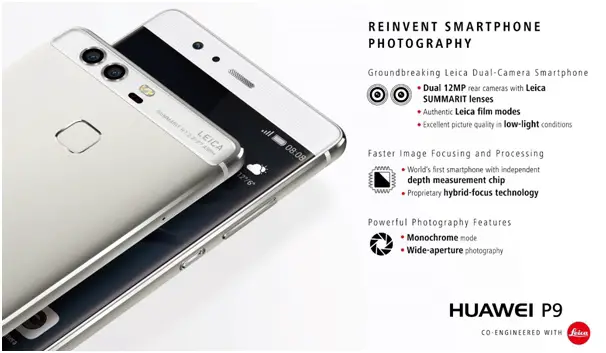
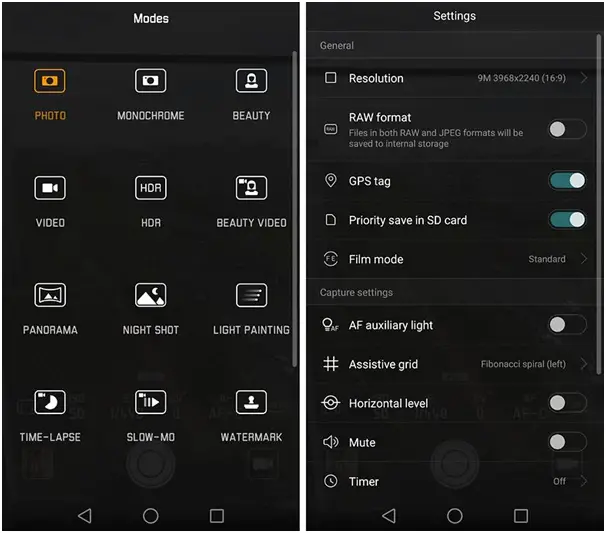

4. Google Pixel XL:
Google has entered the ‘high-end phone’ business by ditching its Nexus family and going with the Google series. This process worked for the company, which is rumored to be making the world’s first modular cell phone, the Google ARA. Though the design and build of the device are underwhelming, it makes up for it in its specs. Google has invested substantially in the development of the underlying software with a splendid assistance algorithm and application management system in place. The Google Pixel XL has the best OIS till date and incorporates the power button’s double press feature to start the camera application; which aids to click photos in a faster manner without having to unlock the device.
Also, the XL does an impressive job in daylight conditions, with greater depth of detail. The XL boasts a 12.3MP rear-facing camera and an 8MP front-facing lens with 4K video recording capacity. This powerful camera is driven by a more powerful 2.15GHz and 1.6GHz Quad-Core Qualcomm Snapdragon 821 processor. In low-light conditions, however, the XL faces a backlash with noisy and overly saturated photographs. Due to overdependence on its software algorithms rather than the physical aspects of the camera, the low-light images seem over-processed and brighter than usual. Though this feature might attract a few, it is a big no for people looking for a DSLR-like experience as this camera fails to capture the essence of the night-life.
5. OnePlus 3T:
Thankfully scrapping the policy of invites, the OnePlus 3T is available for direct purchase. The company is not very popular, but its marketing strategy of ‘High-end specs in low price’ has made the latest flagship well liked in the Indian subcontinent. A budget Smartphone, to say the least, the 3T looks and feels supreme with an all-metal body and stylish curves. The device has a single 16MP camera on the front and the back. It also has dual stabilization technologies, allowing you to shoot 4K videos and HDR photos without blurriness and shakes. The ‘Manual’ mode allows you to control every aspect of the photo-taking process, right from ISO to shutter speed. It also allows you to store clicked photos in RAW format for expert editing. The 3T has smart sensors and underlying software, which reduce noise and allows outstanding photographic experience in almost every lighting condition.
However, the 3T fails in the low-light condition, with a lack of details and noise. The photos of 3T also seem a tad bit under focused, and the color reproduction is far from perfect. Also, the camera protected by sapphire glass protrudes from the back surface giving an ill at ease feel to the device. Overall, the 3T is a great phone for a mid-range device but would be despised by the shutterbugs.
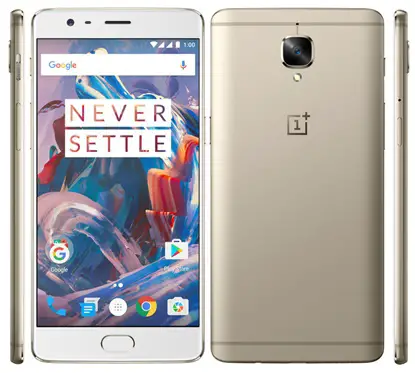



In conclusion, the best camera phone is undoubtedly the iPhone 7 and the iPhone 7 Plus. However, if you are looking for the versatility of lighting conditions, then go for Samsung S7 and Samsung S7 Edge. However, if you want a supreme phone and a premium look without spending a lot, then the only phone you should go for is the OnePlus 3T. Nobody said that life is easy, especially when it comes to choosing a Smartphone from a pool of spectacular devices.



